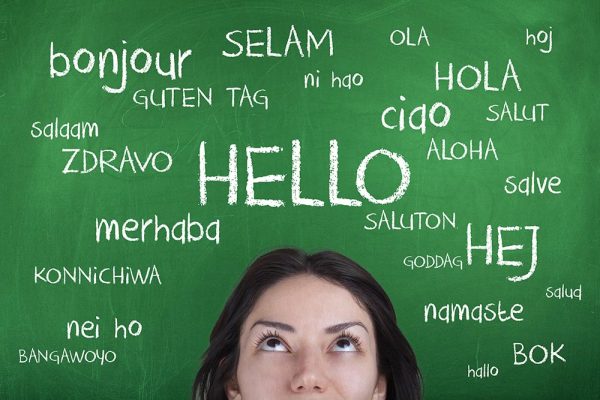With the explosion of social media videos and online file sharing, finding international audiences for your videos is a lot easier than it used to be. For videos that rely on visual material and music, you can publish your films on YouTube, Facebook or other social media sharing sites and just sit back and watch your audience grow. However, for videos containing dialogue, to appeal to audiences worldwide, you’ll need to translate subtitles or use voice dubbing. Foreign subtitling services tend to be a far cheaper option than voice-overs but there’s still a lot more involved in the translation process than first meets the eye. So in this blog, we’ll look at how to translate subtitles like a pro!
Line Lengths and Reading Speeds!
Average word and sentence lengths can vary enormously between languages. When translating subtitles, it’s vital to keep an eye on line lengths. Captions that are too long may cause onscreen display errors where there is not enough space onscreen to display subtitle lines. Additionally, overly long subtitles can cause reading speed issues where viewers don’t have enough time to read a subtitle before it disappears and is replaced by the next.
Subtitlers work tirelessly to format foreign captions in a way that allows viewers enough reading time. Where speech is rapid and time alterations aren’t sufficient to fix reading speed problems, linguists will need to make amendments. Foreign subtitlers work on the translation and make edits to shorten the text, possibly by removing any unnecessary filler words.
Subtitle Translation Structure!
Grammatical rules, sentence structure and syntax vary from language to language. When subtitling videos in foreign languages, it’s important to write in a way that is correct for the target language. However, it’s also important to try to stick as closely as possible to the source language structure. This avoids the subtitle translation appearing to be out of sync.
Any professional linguist should know how to translate subtitles in terms of maintaining structure. Universally recognised words as well as brands, companies and individuals names should be subtitled in a way that they display in sync with the audio, even where the rest of the sentence needs to be restructured across subtitles.
Translation and Localisation!
Professional translation is an art form. Contrary to what translation software developers would have us believe, the translation process is not simple. Subtitle translation is more than just a set of algorithms and word substitutions from one language to another. Subtitle translation requires an advanced level of understanding and literary skills in both the target and source language.
Foreign subtitle creators and linguists use linguistic and cultural knowledge to create accurate, well written and localised subtitles. Professional foreign subtitlers localise translation meanings according to the beliefs, ideas and expectations of the target audience.
So that’s it on our tips how to translate subtitles like a pro!
Capital Captions provide foreign subtitle translation and video transcription services in order to provide highly accurate, understandable and relevant subtitles for international viewers. Contact us for more information, or alternatively, get your subtitle translation quote today.











Comments are closed.